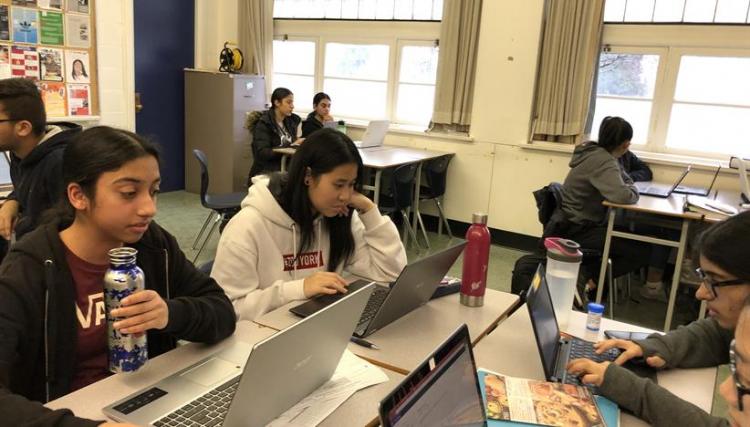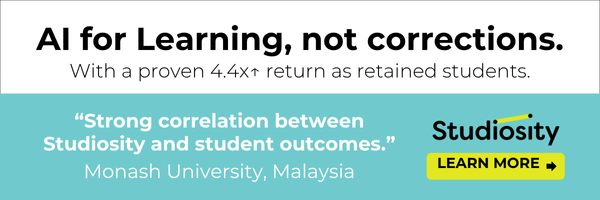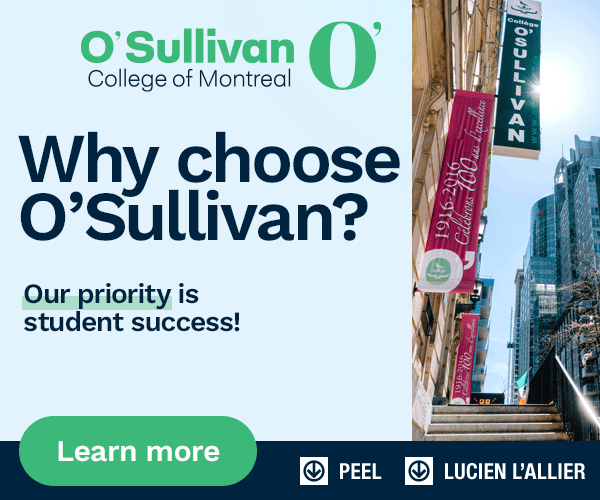
In 2010 the Digital Immersion program at John Oliver Secondary required students to bring their laptops to all their classes. This proved to be a great decision since interest in the program has grown ever since. With their laptops in hand, students feel more in control of their learning and feel like they are getting a head start on their careers.
Watch a video of students in their independent-directed studies class where students work on a project of their choice.
Taylor Ink teaches Information Technology and Independent Directed Studies in the JO Digital Immersion Program and tell us that coding currently takes up 30% of the curriculum. Computational Coding encompasses all the core competencies outlined by the BC Ministry of Education, which are critical thinking, communication, and social responsibility.
Ink describes how coding builds resilience and communication skills.
"How do I not give up and push through? When I'm getting frustrated, where do I go? Students learn to develop their communications skills by talking to each other and solving problems together," she says.
Grade 12 student, Eric explains how being in a tight knit group contributes to a positive learning environment.
"Everybody builds each other up. Since we know the same people, we become better friends. We also push each other a lot and grow together as a group," he says.
Ms. Ink's enthusiasm about coding permeates the entire classroom. Her own experience is a great example of how learning does not have to be done in a traditional setting. While working as an English and Social Studies teacher, she picked up coding through self-guided studies as well as through a community program run by Microsoft TEALS (Technology Education and Literacy in Schools)
"Our district does not have that many certified and trained computer science teachers. The TEALS program is a holistic homegrown way to create computer science teachers -- and in our school, it's worked and thrived," Ink explains.
At John Oliver, the TEALS group consists of 4 volunteers from Electronic Arts, Microsoft and SAP. Volunteers bring their expertise into the classroom and co-teach with Ink. Their expertise has helped both Ms. Ink and her students build their computer programming skills as well as learn about current industry trends. In return, the volunteers gain experience teaching and engaging with students, while sharpening their public speaking skills.
Thanks to students' interest and their success with computer programming, a brand-new course is being added as an option for those in Grades 9 to 12. Introduction to Computer Programming will be on the course list this September"
Watch an interview of Ms. Ink talking about computer programming and technology usage in the classroom.












